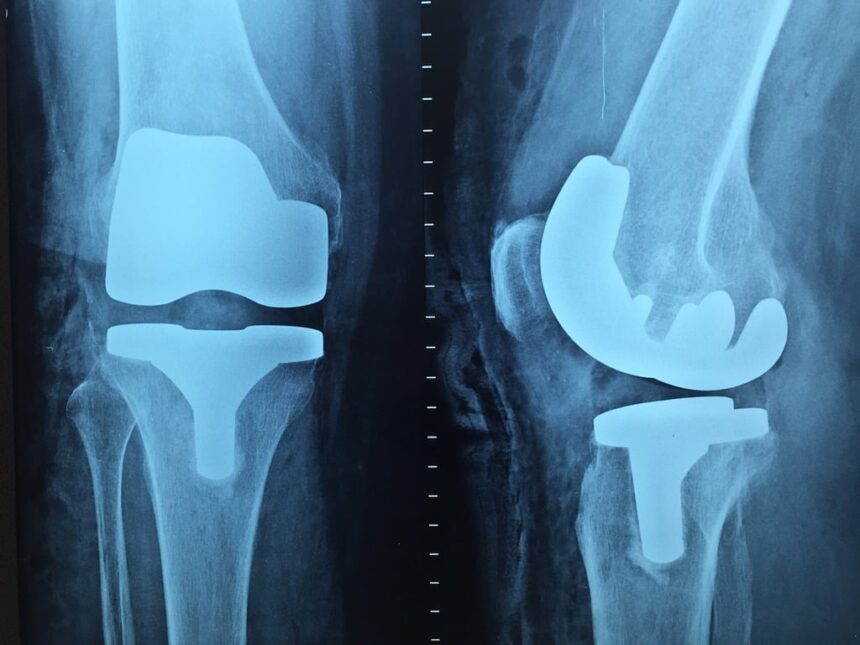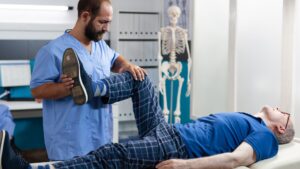An injury to the musculoskeletal system, such as a broken bone, can require immediate medical attention. Understanding the nature of these injuries and the available treatments is beneficial for managing the situation effectively. Here is more information on orthopedic emergency care:
What Is Orthopedic Emergency Care?
Orthopedic emergency care addresses acute injuries to the musculoskeletal system, which includes bones, joints, ligaments, and muscles. This type of care is necessary for conditions that require prompt medical intervention to prevent further damage and begin the healing process. Broken bones are a common reason for seeking this level of care.
What Is a Broken Bone?
A broken bone, or a fracture, is a medical condition where the continuity of the bone is broken. The severity can range from a small crack to a complete break. The bone can be broken in many ways, and the type of fracture will influence the treatment plan.
Fractures may be categorized as open or closed. A closed fracture is when the bone breaks, but there is no puncture or open wound in the skin. An open, or compound, fracture is one in which the bone breaks through the skin, creating a risk of infection.
What Are the Causes and Symptoms?
Broken bones are typically caused by trauma, such as a fall, a motor vehicle accident, or a sports injury. Medical conditions like osteoporosis can weaken bones, making them more susceptible to fractures. Overuse from repetitive motion can also lead to stress fractures.
Symptoms of a broken bone include sudden, severe pain and swelling at the injury site. There may also be bruising, deformity, or an inability to move the affected limb. In the case of an open fracture, the bone may be visible through the skin.
What Are the Treatment Options?
The goal of treatment is to realign the bone fragments and immobilize the area to allow for healing. The specific treatment depends on the type and severity of the fracture. Standard treatment options include:
Functional Braces and Casts
For many fractures, a brace or cast is used to hold the broken bone in place. A cast provides rigid support, while a brace may allow for limited, controlled movement of nearby joints. This method is effective for fractures where the bones are already aligned.
Cast Immobilization
Cast immobilization is a standard treatment for a wide range of fractures. A hard cast is applied to keep the broken bone immobile during the healing period. This prevents movement that could disrupt the healing process.
Traction
Traction is a method used to gently pull on the affected limb to align the ends of a broken bone. This may be done using a system of weights, pulleys, and ropes. It can be used as a temporary measure before another treatment or as the primary treatment for certain fractures.
Surgery
Surgical intervention may be needed for complex or severe fractures. During surgery, an orthopedic surgeon may use metal screws, plates, rods, or pins to hold the broken bone fragments in place. This procedure helps stabilize the bone for healing.
Visit an Urgent Care Clinic
Broken bones require prompt medical evaluation and treatment. Understanding the types of fractures, their symptoms, and the available treatment options can help you know what to expect. If you suspect you have a broken bone, it is advisable to seek immediate medical attention. An urgent care clinic can provide the necessary diagnosis and care to start your recovery.















